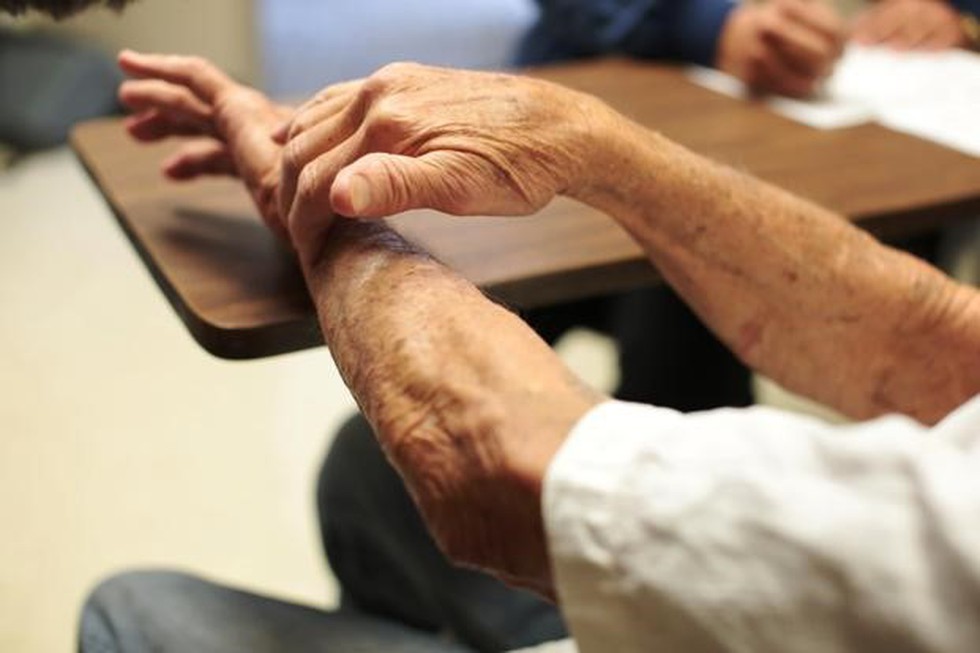About Leprosy:
- Leprosy, also known as Hansen’s disease, is a chronic infectious disease caused by a type of bacteria, Mycobacterium leprae.
- The disease predominantly affects the skin and peripheral nerves. Left untreated, the disease may cause progressive and permanent disabilities.
- It is more common in tropical and subtropical areas.
- It is a neglected tropical disease (NTD) which still occurs in more than 120 countries, with more than 200 000 new cases reported each year.
- It is known to occur at all ages ranging from early childhood to old age.
- Transmission: It is transmitted via droplets, from the nose and mouth, during close and frequent contact with untreated cases.
- Symptoms:
- The main symptom of leprosy is disfiguring skin sores, lumps, or bumps that don’t go away after several weeks or months.
- Nerve damage can lead to:
- Loss of feeling in the arms and legs
- Muscle weakness
- Treatment: It is curable with multidrug therapy (MDT) and treatment during early stages can prevent disability.
National Leprosy Eradication Programme (NLEP):
- It is a centrally sponsored Health Scheme under the National Health Mission of the Ministry of Health and Family Welfare, Govt. of India.
- The Programme is headed by the Deputy Director of Health Services (Leprosy ) under the administrative control of the Directorate General Health Services, Govt. of India.
- While the NLEP strategies and plans are formulated centrally, the programme is implemented by the States/UTs.
- The major concern of the Programme is to detect cases of leprosy at an early stage and provide complete treatment, free of cost, in order to prevent occurrence of Grade II Disability (G2D) in affected persons.
